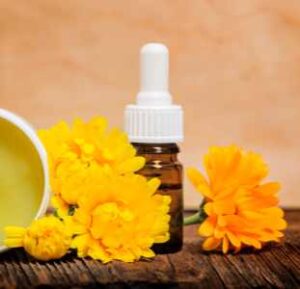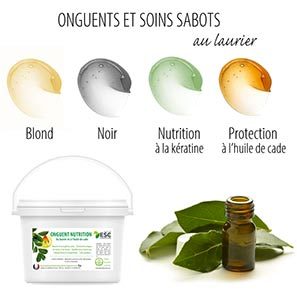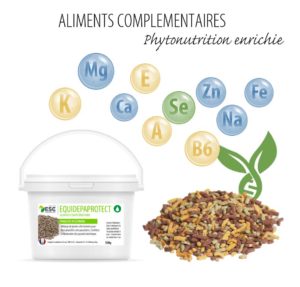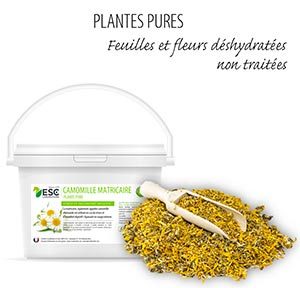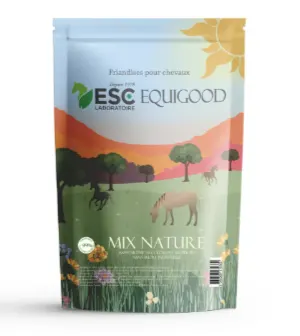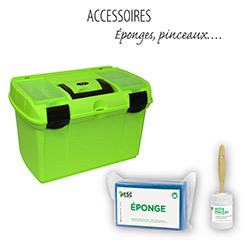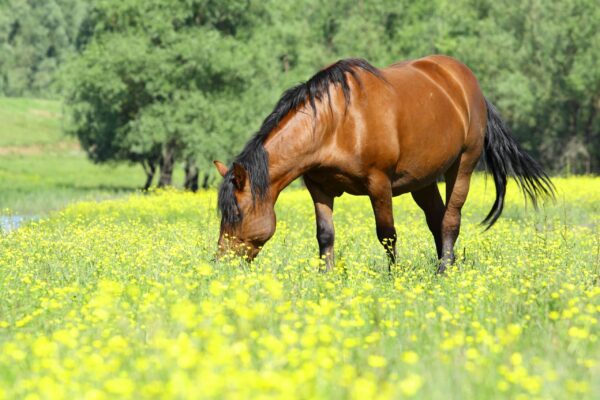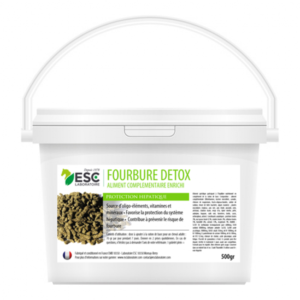Among all the problems of lameness that affect horses, lA blunder is certainly one of the most feared. Indeed, this is the second cause of death in horses after colic.
This condition occurs when soft and sensitive tissue that connects the third phalange and the wall of the hoof (lamella structures) is damaged may be extremely painful and potentially fatal for your horse. It is therefore crucial to be able to detect it in time, to take care of it quickly and especially to prevent it as best as possible.
In this article, we will therefore detail the main causes and symptoms of horse fork and share practical tips to prevent your pet from being touched.
What's the horse's fork?
The scab is inflammatory disease that affects soft tissue which are in the hoof of the horse between the third phalange and the corneal box. These are fine slats interlocked in one another that act as a sort of velcro and thus provide a solid bond to support the third phalange in the hoof. They are called podophyll (lamellas located outside the los) and kerophyll (lamellas located inside the wall). The forage causes the deengrement of the podophyll and kerophyll and results in the deolidarization of the third phalange and wall.
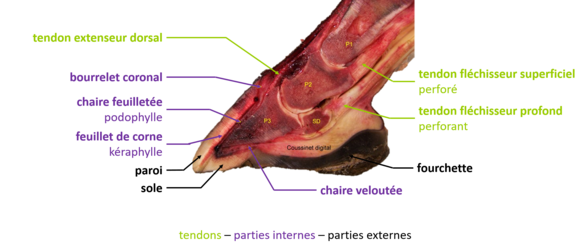
In extreme cases, the third phalange that is no longer held can go down or toggle (because it is pulled backwards by the deep flexor tendon) and/or pierce the hoof sole, which is extremely painful for the horse. In such cases, euthanasia is sometimes and unfortunately an option to end its suffering.
The symptoms of horse forage
The first thing to do to spot the fork in time is to observe your horse's hooves. In fact, you can usually notice:
- Changes in the shape and angle of the hoof;
- The appearance of rings on the outer wall of the hoof which are wider at the heel level and narrower at the pliers;
- A groove/cut just below the crown strip;
- bruising on the sole of the foot, usually just in front of the fork;
- A palpable heat in the hoofs.
But the fork in the horse can also manifest itself through dother physical symptoms or a significant change in behaviour Your pet. Be vigilant if:
- Shifting the weight from one foot to another (or « paddle »),
- Boitery in step or trot, especially when the horse turns abruptly,
- Increased pulses in the digital arteries, we speak of "digity chickens" above the ball,
- Reduced mobility or unwillingness to walk, as the horses affected are often lying down,
- Abnormal posture with anterior limbs ahead of normal so that heels carry more weight than toes,
- Fluid accumulation and swelling (edema) in the lower limbs,
- Increased heart rate and respiratory rate,
- Trembling, sweating and visible distress,
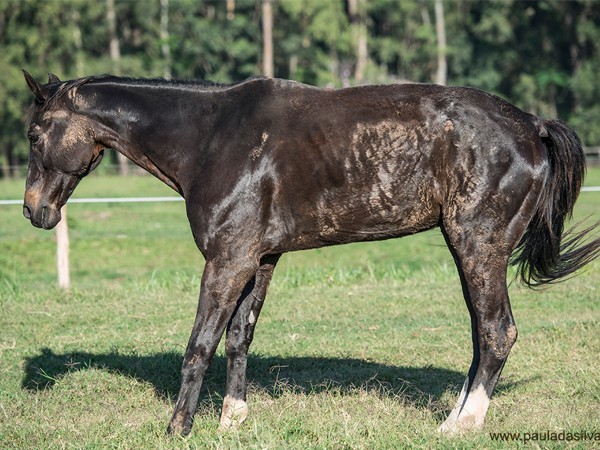
Risk factors and causes of horse forage
Any horse or pony can be touched by the fork, but some may be more sensitive than others. Up to 90% of fork episodes are related to an underlying hormonal disorder, while excessive weight gain can more than double the risk of developing a fork.
Before seeking relief or treatment, it is therefore important to understanding that it is the cause. It can be divided into three broad categories.
Hormonal forbure
Cushing's disease equine and equine metabolic syndrome (EMS) are hormonal disorders associated with the fork. They can cause high levels of cortisol or glucose in the blood, which may be the cause of a fork. Therefore, the best defence is to recognize and manage these disorders before the bout develops.
Food fork
If carbohydrate-rich concentrated foods are part of your horse's diet, make sure you not to give him excesses and ideally on at least two meals a day to facilitate digestion.
Eating a large quantity of concentratesn only once can cause an overload of the digestive system, the undigested sugar and starch being pushed towards the posterior intestine, where they will begin to decompose rapidly. This process can damage the intestine and cause the release of toxins into the bloodstream, causing forbure.
Spring grass (or late summer grass in some areas), rich in carbohydrates, can also be the source of forage. Be careful to limit access to sensitive horses or ponies.
Other potential causes of food forage include:
- certain cases of colic which can seriously damage the intestine,
- and retention of the placenta in the mares after the foal.
Mechanical Furnace
A fork due to abnormal weight can be caused when a horse suffers from a pathology or injury preventing weight on a leg and therefore uses the opposite leg to support its weight. The fork will then occur at the hoof that supports the extra weight.
Mechanical problemst contribute to the development of the fork and may include:
- too long the tip of the hoof,
- inadequate fastening or trimming of the hoof,
- quick or prolonged work on hard ground,
- fracture,
- joint infection,
- damage to the soft tissue of the opposite limb.
Drug fork
Some medications, such as corticosteroids, can trigger a fork in the horse. This is particularly the case if they are given at too high doses or for a prolonged period of time.
How to act in case of suspicion of fencing?
If you suspect that your horse is suffering from sluggishness, the first thing to do is to consult your veterinarian immediately. Depending on the severity of the clinical signs, he may wish to perform x-rays of your horse's feet to determine a possible descent or degree of rotation of the third phalange in the hoof. This will mainly provide a reference point against which to assess the response to the treatment and the necessary information from which to work with your marshal-ferrant to achieve the best possible result.
Your veterinarian probably prescribe nonsteroidal anti-inflammatory drugs and advise a rest period in the box with a bed thick of chips. Once the pain is controlled, your horse's hooves may have to be trimmed by your marshal-ferrant to relieve any pressure and sole supports. or range must be installed.
In the long term, corrective marshalry is an important part of chronic forage management. The aim will be to relieve pressure at the affected hoof, but also to stabilize and maintain its balance. Horse foot management is very important.
More generally, the management of the horse's foreskin involves eliminate cause. For example, horses that have developed a fork following an overfeed must follow a food rebalancing. In the case of mares with placental retention, your veterinarian should remove any remaining placenta, rinse the uterus with saline solution and start appropriate medical treatment.
The affected horses must also be housed in deep stabulations so that they can dig their hooves in a comfortable position. Another solution is use a sand pen, but it is essential to use a foot cure twice a day to prevent sand from accumulating in the sole. As a first step, any form of exercise should be avoided as it may lead to an additional rotation of the pedals.
Prevention of horse forage
In the event of a horse's fork, Prevention is better than cure. Keep in mind that this condition can cause acute pain, lameness and permanent damage to hooves. It is also a chronic problem, which once it has appeared in your horse, may be the beginning of recurrent episodes.
Among the best practices that will help you in the prevention of the forage in the horse, think of:
- Monitor weight (and react quickly in case of large fluctuations). It is particularly important to measure its fat mass. For example, you can limit grazing, as grass is a major contributor of calories in feeding a horse. You can also incorporate food supplements to its ration to reduce it while ensuring that it brings it all the nutrients it needs.
- Move your horse. If your horse is fit and healthy, create a varied and regular exercise program by gradually increasing their duration and intensity. If your horse recovers from a fork, talk to your veterinarian and your marshal-ferrant to find out when and how to reintroduce exercise in its daily life.
- Take care of his hooves. Ask your marshal-ferrant for advice and maintain a regular trimming or fastening routine to keep your horse's hooves as good as possible. Indeed, allowing more than 8 weeks between the fastening and trimming can contribute to the fork.
Our supplement for relieving and preventing horse forage
At ESC Laboratories, we developed a dietary supplement specific to relieve and prevent forage in horses. Source of trace elements, vitamins and minerals, it promotes the protection of the liver system and supports venous circulation thanks to its richness in flavonoids.For enhanced action, Fourbure Detox can be completed with a cure of Chrysantellum, pure plant known for its benefits on the blood circulation and therefore very useful in case of congestion or circulatory disorder of the hoof.
Frequently asked questions about the fork
What should not be given to a horse with a fork?
The basic principles of feeding for forked horses are to avoid foods rich in sugar and starch as well as green grass.
Which breeds of horses are most prone to blush?
Some genes may predispose horses to metabolic dysfunction and therefore to blight. Races such as Saddlebreds, Morgans, Paso Finos, Arabs, Andalus and Welsh ponies, Shetland and Dartmoor are considered to be more prone to equine metabolic syndrome and therefore to bum.
Can a horse recover completely from a fork?
Once an animal has had a fork, it runs an increased risk of developing another. The current episode can be cured, but it is likely that the blunder will again manifest in the future. In any case, it will be necessary to be vigilant because a hoof with brittleness will remain more fragile.
How long does a horse pack in case of a bum?
In many cases, horses can recover completely in six to eight weeks. However, recovery time will depend on the extent of damage to the blades of the hooves.


